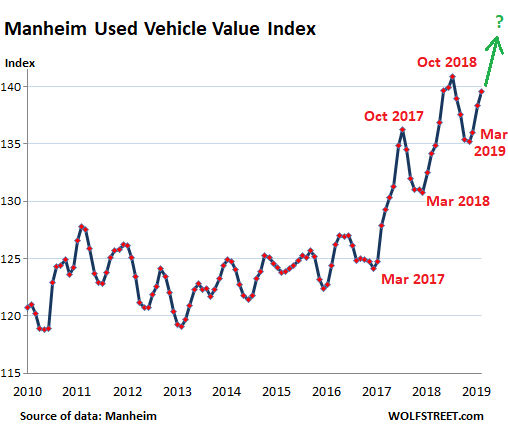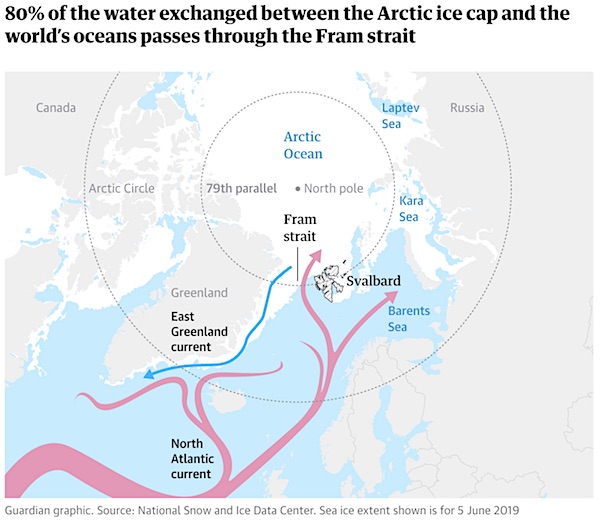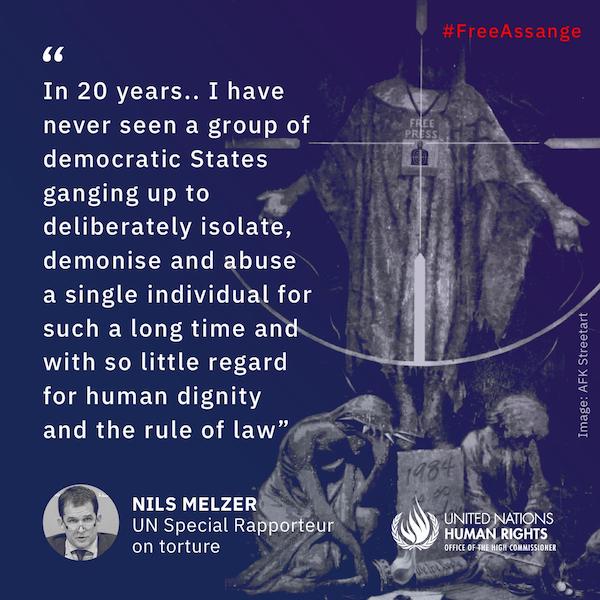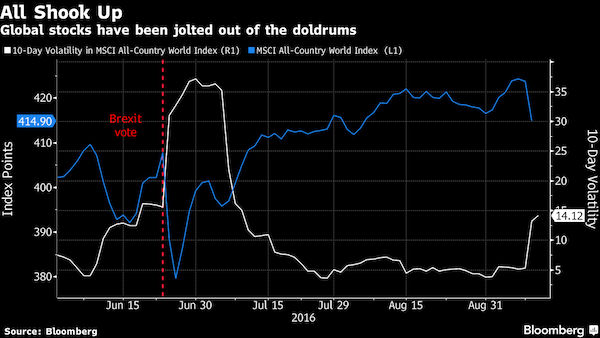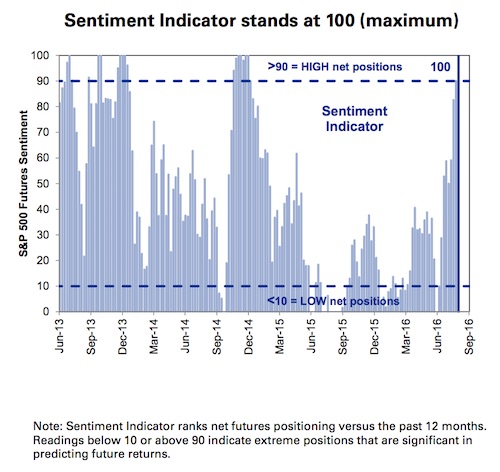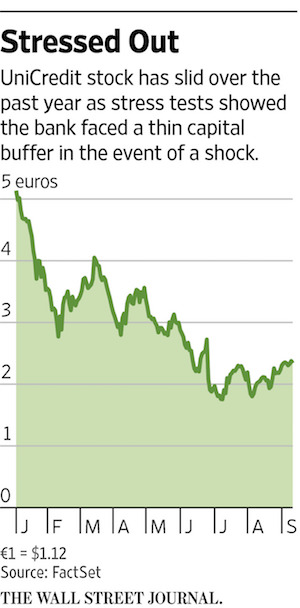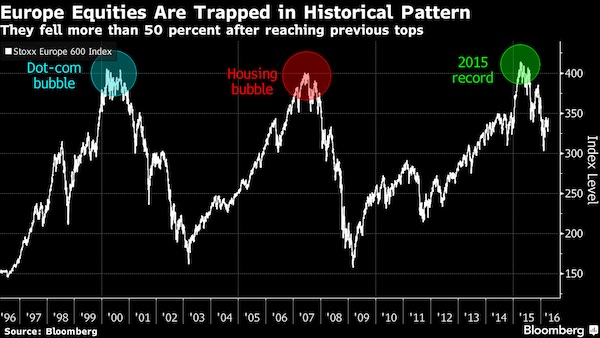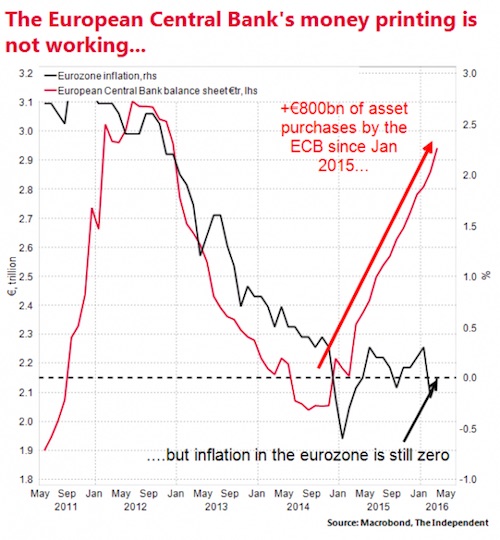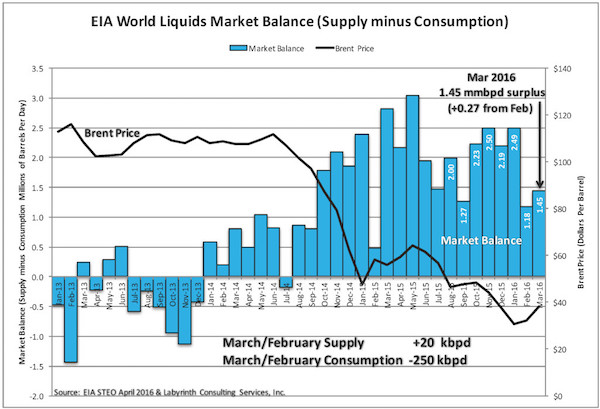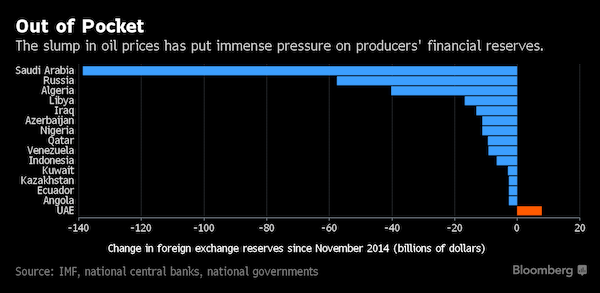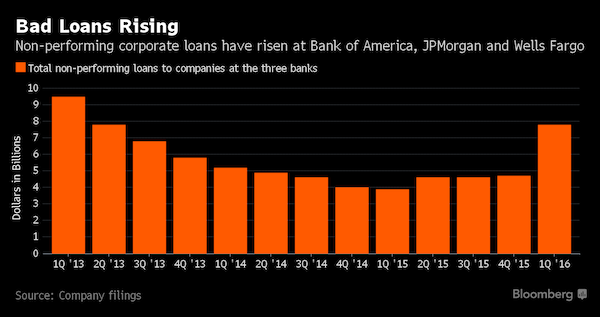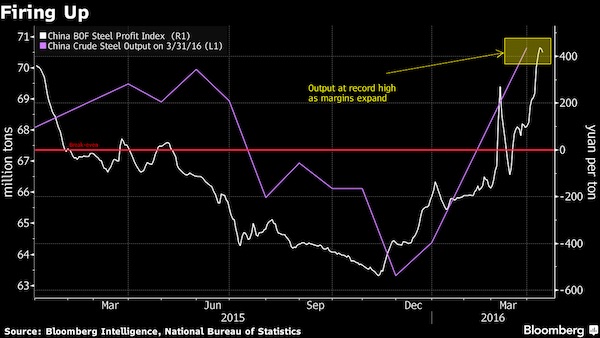
Pablo Picasso La lecture 1932



German department of the interior report: “The danger is obviously no greater than that of many other viruses.”
• 3 Leaks that Sink the Covid Narrative (OffG)
The science of the coronavirus is not disputed. It is well documented and openly admitted: Most people won’t get the virus. Most of the people who get it won’t display symptoms. Most of the people who display symptoms will only be mildly sick. Most of the people with severe symptoms will never be critically ill. And most of the people who get critically ill will survive. This is borne out by the numerous serological studies which show, again and again, that the infection fatality ratio is on par with flu. There is no science – and increasingly little rational discussion – to justify the lockdown measures and overall sense of global panic. Nevertheless, it’s always good to get official acknowledgement of the truth, even if it has to be leaked. Here are three leaks showing that those in power know that the coronavirus poses no threat, and in no way justifies the lockdown that is going to destroy the livelihoods of so many.
1. “IT’S ALL BULLSHIT!” On May 26th Dr Alexander Myasnikov, Russia’s head of coronavirus information, gave an interview to former-Presidential candidate Ksenia Sobchak in which he apparently let slip his true feelings. Believing the interview over, and the camera turned off, Myasnikov said: “It’s all bullshit […] It’s all exaggerated. It’s an acute respiratory disease with minimal mortality […] Why has the whole world been destroyed? That I don’t know,”
2. “COVID-19 CANNOT BE DESCRIBED AS A GENERALLY DANGEROUS DISEASE” According to an e-mail leaked to Danish newspaper Politiken, the Danish Health Authority disagree with their government’s approach to the coronavirus. They cover it in two articles. There’s a lot of interesting information there, not least of which is the clear implication that politicians appear to be pressing the scientific advisors to overstate the danger (they did the same thing in the UK), along with the decision of some civil servants to withhold data from the public until after the lockdown had been extended. But by far the most important quote is from a March 15th e-mail: The Danish Health Authority continues to consider that covid-19 cannot be described as a generally dangerous disease, as it does not have either a usually serious course or a high mortality rate,” On March 12th the Danish parliament passed an emergency law which – among many other things – decreased the power of the Danish Health Authority, demoting it from a “regulatory authority” to just an “advisory” one.
3. “A GLOBAL FALSE ALARM” Earlier this month, on May 9th, a report was leaked to the German alternate media magazine Tichys Einblick titled “Analysis of the Crisis Management”. The report was commissioned by the German department of the interior, but then its findings were ignored, prompting one of the authors to release it through non-official channels. The fall out of that, including attacks on the authors and minimising of the report’s findings, is all very fascinating and we highly recommend this detailed report on Strategic Culture. We’re going to focus on just the reports conclusions, including [our emphasis]:
The dangerousness of Covid-19 was overestimated: probably at no point did the danger posed by the new virus go beyond the normal level. The danger is obviously no greater than that of many other viruses. There is no evidence that this was more than a false alarm. During the Corona crisis the State has proved itself as one of the biggest producers of Fake News. After being attacked in the press, and suspended from his job, the leaker and other authors of the report released a joint statement, calling on the government to respond to their findings.

“Took the stab? You’re off the marriage-potential list permanently. Why? Potential life-long medical complications, that’s why.”
• Thanks For The Labels (Denninger)
One of the latest bits of insanity: Dating apps are allegedly asking if you’ve taken the Covid stab and displaying a “badge” if you have. I haven’t verified this personally since I have no use for such things, but it’s allegedly either there or being rolled out. To which, if I was single and younger, especially of potential child-siring age, I’d say “thanks for the warning.” Indeed, the malicious (or shall we say, “predatory”) men out there just got fair warning of who is a **** ’em and leave “fun” date. Took the stab? You’re off the marriage-potential list permanently. Why? Potential life-long medical complications, that’s why. Do I want to marry someone who may have given themselves an auto-immune disease three or five years down the road? Oh Hell No. But if she’s cute, well, the bed awaits — for now.
When Lupus or similar “screw you” lifetime medical issues make their appearance she can enjoy the company of her cats — that wasn’t a random chance thing we all are forced to face as adults and is always part of the deal it was self-inflicted stupidity and her other half didn’t get a vote. Never mind the rather clear problem that is presented to anyone (of either sex) contemplating a permanent relationship with someone who is willing to stab themselves with an experimental drug. There’s a legitimate reason to do it, by the way: You already know you’re at very high risk of a respiratory virus killing you, so despite the unknowns the math pencils out. Ok, thanks for the warning again; you aren’t in good health and don’t expect to remain that way. Is that person marriage and child-raising material? Naw, but a **** is all good.
Then there’s those who can be bribed cheap — you know, with a donut, or a lottery ticket? That’s great marriage material too, right? I mean, let’s face facts: A healthy 20-something person has a statistical zero risk of being killed by Covid and half of them probably already had it and may not even know so they didn’t take the shot to protect their own health after careful deliberation and an antibody test first, right? How does this relate to long-term relationships? Simple: There’s always some ******* who is richer, no matter how much you have and she just branded herself as willing to sell her future cheap. VERY cheap. Thanks for the warning; it’s a hell of a lot better for a guy to conclusively find this out before he needs a divorce lawyer! Make sure the rubbers stay in your wallet so she can’t “pin” them before use and for the love of God flush the damn thing after you’re done so she can’t fish it out of the trash can!
It’s even worse from the male future family evaluation side. Some guys do want families. Was there permanent damage done to that capability in terms of bearing kids? We know that those nice mRNA shots show up in the ovaries. Oh, chick-a-dee didn’t know that before rolling up her sleeve? Well, that’s what haste gets you — not bothering to wait for the science to figure it out. I have no idea and neither does she if that’s a problem but she took the stab voluntarily. So about that willingness to have said family and put your relationship in front of preening around virtue-signaling on Instabitch and Facesucker, eh? Maybe that will all work out ok, but it seems to me that by the time we will know with reasonable certainty the window will be closed on the baby factory as only high-risk (for both woman and child) and maybe even IVF, if any, pregnancies will be possible. Again: No thanks; I’ll take the woman who didn’t deliberately risk permanent compromise of her reproductive capacity so she could get into Lollapalooza.

21st century Frankenstein?
• After COVID-19 Successes, Push For mRNA Vaccines For Other Diseases (Nature)
When the broad range of vaccines against COVID-19 were being tested in clinical trials, only a few experts expected the unproven technology of mRNA to be the star. Within 10 months, mRNA vaccines were both the first to be approved and the most effective. Although these are the first mRNA vaccines to be approved, the story of mRNA vaccines starts more than 30 years ago, with many bumps in the road along the way. In 1990, the late physician-scientist Jon Wolff and his University of Wisconsin colleagues injected mRNA into mice, which caused cells in the mice to produce the encoded proteins. In many ways, that work served as the first step toward making a vaccine from mRNA, but there was a long way to go—and there still is, for many applications.
Traditional vaccines use a weak or inactive form of a microorganism to turn the immune system against the disease. After a person is given injection of an mRNA vaccine, their cells make part or all of a protein that causes an immune response, including the production of antibodies. Although the most widely known examples are the mRNA-based vaccines from BioNTech–Pfizer and Moderna directed against the SARS-CoV-2 coronavirus that causes COVID-19, that is just one small part of this field—and those vaccines were not the first efforts that used mRNA. Despite the many benefits of using this molecule as the basis of a vaccine, it comes with fundamental challenges: it is not very stable inside cells, and mRNA is not efficiently translated into proteins when used as a gene-delivery tool. Today, mRNA can be engineered to battle many diseases, but it will not work with all of them.
German biotechnology company BioNTech’s chief medical officer Özlem Türeci—physician, immunologist and entrepreneur—says that “mRNA has a couple of interesting features that make it attractive for vaccines.” Adaptability serves as this molecule’s key feature in this application and beyond. mRNA can be engineered not only to make antigens for vaccines but also to encode antibodies, cytokines and other proteins related to the immune system. “The versatility of mRNA creates a huge design space,” she explains. The scientists at BioNTech spent years researching and developing techniques to get full command over mRNA, including optimizing its non-coding parts, designing specific sequences, developing manufacturing processes and more.
Türeci describes the results of those efforts by saying, “We have a diversified toolbox and by mixing and matching the modules in this toolbox, we can design mRNA with the features that we need for a particular purpose.” She adds that “it is a bit like writing code—by mastering a programming language [that] is rich in terms, one can give any instruction one wants.” With the BioNTech toolbox, the scientists can control how much protein is produced and for how long, the route of administration of the mRNA, which cells express the protein and if the mRNA creates a precise activation or suppression of the immune system.

Does Biden really want to find out?
• Former National Security Advisor: ‘I Think We Can’ Find Covid-19 Origin (Hill)
Former Deputy National Security Advisor Matthew Pottinger said that he believes it is possible to ascertain the origins of COVID-19 during a discussion of the Wuhan lab origin theory on Sunday. “I think there’s a lot that can be learned in 90 days,” Pottinger told “Meet the Press” host Chuck Todd on NBC, referring to President Biden’s recent call for a 90-day report on the origins of COVID-19 from the U.S. intelligence community. “It’s conceivable that we’ll have an answer and even if we come up short with a definitive answer, what we’re gonna have is a foundation for additional revelations to come out from scientists around the world who are now going to be emboldened because they know that this is a priority of the United States,” Pottinger added.
Todd asked Pottinger if he believed a “definitive answer” about the origins of COVID-19 could be found even if the Chinese government is uncooperative. “I think we can. It might take more than 90 days, but look, … China has incredible and ethical scientists, many of whom in the early stages of the pandemic came out to say that they suspected that this was a lab leak,” Pottinger said. “So those people have been systematically silenced by their government,” he added, saying a U.S.-led global effort to find the origins of COVID-19 may embolden these scientists to come forward.

With or from Covid?
• Peru Surges To Highest Covid Death Toll Per Capita (Axios)
Peru officials revised the country’s COVID-19 death toll Monday from 69,342 to 180,764 after a review. The almost tripling of the number listed Sunday means the country has the worst pandemic death rate per capita, according to Johns Hopkins University data. Per Johns Hopkins, Hungary previously had the highest coronavirus death toll per capita —about 300 per 100,000 people. With its revised toll, Peru stands at over 500 COVID-19 deaths per 100,000 people. Officials said that the undercounting was partially down to “a lack of testing that made it difficult to confirm whether a person had died due to the virus or some other cause,” Reuters reports. Experts had long raised concerns that the official death toll had been undercounted, as hospitals packed out with coronavirus patients and oxygen ran short, the news agency notes.

It will get dangerous once they claim enough people have bee jabbed. We’re not there yet.
• EU Plans To Lift Covid Quarantine Rules For Vaccinated From 1 July (G.)
The starting pistol has been fired on a “relaxing” summer holiday season for people living in the EU from 1 July, as Brussels proposed lifting all quarantine obligations on those who are fully vaccinated against Covid-19. From Tuesday, a system will be ready to allow member states to issue a digital Covid passport to citizens proving their status and freeing them up to travel. With infection rates on a downward trajectory across the bloc, a deadline has been set for 1 July for all 27 EU countries to accept the documentation as sufficient proof of vaccination for restrictions to be lifted. A negative test or proof of having recovered from infection will confer the same rights on the holder of a certificate.
The European Commission has proposed a standard validity period for tests: 72 hours before travel for PCR tests and 48 hours for rapid antigen tests. The children of those who are fully vaccinated will also be exempt from quarantine under the proposal and as a minimum no one under six years of age will need to take a test. Many countries are likely to set a higher age threshold for the testing of minors. The intention is that fully vaccinated UK travellers will benefit from the Covid passport system but, in light of the emerging variant first identified in India, EU governments may still impose restrictions on people arriving from the UK including testing and quarantine obligations.
From Monday, entry to France has been limited to EU nationals, French residents, and those travelling for essential purposes. People arriving from the UK must have tested negative and quarantine for seven days. While a sudden deterioration in the Covid infection rates in the EU could lead to the use of an “emergency brake” on the lifting of restrictions within the bloc, the intention is to reintroduce free movement as the summer tourism season begins.

“..the whole sorry episode looks like an act-of-war but carried out with America’s foolish willing collaboration..”
• The Three Rivers of Angst (Kunstler)
Three rivers of angst flow out of Memorial Day 2021, and it is possible to imagine how they will meet later this year and join in a mighty flood of woe over the country. The first is the toxic stream of Wokery saturating just about every institution in the USA from the armed services, to the DOJ, to education both public and private, to organized sports, to the corporate C suites and, of course, to the transmission of current events in news and social media. Despite the torrents of mendacious narratives and fogs of gaslight deployed in this campaign, a substantial chunk of the public resists suffocation and has finally begun to fight back, especially at the grass roots local level against the dogma-driven school boards out to cancel Western Civ.
Expect this to ramp up as the spring semester closes out and the schools must set the terms for resuming classes in the fall. The kids themselves are bucking the mask mandates while the parents tangle with the more vexing problems of Woke racist curricula and insane sexual propaganda. It’s going to get ugly. Another stream of angst is the River of Covid-19. The tide has just turned on the question of where it came from, namely, the Wuhan Lab, but it’s hard to game-out both what we might do about that concerning the CCP’s role in it – plus, the roles of Dr. Fauci and our own National Institutes of Health – and whether the depraved administration of China Joe Biden can even acknowledge the facts. That is to say: the whole sorry episode looks like an act-of-war but carried out with America’s foolish willing collaboration.
But then a whole raft of really deadly additional questions overrides even the quandary of who’s responsible, and I refer to the future course of the disease itself, whether another wave comes back, what new variants might emerge, and the extremely spooky issue of what the long-term effects of the experimental vaccines might be. Since the news media is so untrustworthy, and these are such troubling threats, it will be very hard to locate the truth about the medical concerns.

They’ll throw some big words at it, that’s it.
• US Caught Spying On EU ‘Allies’ Again…What Is Europe Going To Do About It? (RT)
The espionage dynamic ultimately ties into the same mindset: The United States sees the European Union more as an economic competitor than as a friend and does not in any respect want it to get ahead of them or gain “advantage” in any specific area. The F-16 story above reveals how US intelligence in fact serves the interests of the military industrial complex, seeking out the secrets of Europe’s own defence industry and ensuring America always has the competitive edge, even to the point of making national intelligence agencies betray their own countries. As Edward Snowden stated in an interview in 2014, the US engages in constant industrial espionage against big German companies such as Siemens, stating: “If there’s information at Siemens that’s beneficial to US national interests – even if it doesn’t have anything to do with national security – then they’ll take that information nevertheless.”
In line with this, Angela Merkel, as a very Eurocentric leader who has a maverick approach to foreign policy and Germany’s place in the world, is unsurprisingly a frequent target of American intelligence activities. Washington is constantly wondering what she is thinking, intending and doing, not least regarding China and Russia where they do not see eye to eye. She is perhaps a “frenemy” to the US, a de facto ally and enemy simultaneously. But this all boils down to the big question as stated above, what is Europe going to do about it? Or can they do anything about it? The EU’s response to such unending controversies seems to be to make a small protest in the heat of the moment, but otherwise forget it and do nothing, passively tolerating American infiltration designed to undermine European interests and competitiveness across the board.
If Europe is serious about upholding its own “strategic clout” it has to be prepared to take bigger risks and stop being pressed into line under the obligation of “transatlaticism” and get tougher on the “American problem.” The bloc should take a leaf out of its rhetoric toward China and demand “reciprocity” in its relations with the United States, that it ceases espionage against them, seeks to curtail excessive “American influence” operations undermining their foreign policy and strategic independence and that it treats the continent as an equal and fair partner. Surely one would think ‘enough is enough’ but of course there is little reason to think anything will change. In a world where US surveillance is intrusive and rampant, America still surprisingly gets away with accusing everyone else of “spying.”

By now, Russia is well prepared.
• Russia May Be Cut Off From SWIFT Banking Payment System (RT)
Russian banks may be blocked from using SWIFT, a payment system that enables reliable and secure financial transactions, as part of restrictions against Moscow, in what one official has called a potential “spiral of sanctions.” “It’s no secret that there are threats, primarily from the United States, to disconnect Russia from the SWIFT system,” said Dmitry Birichevsky, director of the Economic Cooperation Department of the Russian Foreign Ministry. Speaking on RIA Novosti on Monday, the diplomat noted that Russia has concerns that SWIFT could get caught up in a “spiral of sanctions,” led by Washington. However, the senior official doesn’t think America will act on this threat any time soon.
“I’m actually confident that we won’t be disconnected from SWIFT anytime soon, and maybe never,” he said, noting that Russia would be able to come to payment agreements with their trading partners anyway. “Since 2014, Russia has been working on its own payment system. This system already exists,” he explained. “We all use the MIR card. It is also accepted in a number of neighboring countries and in Turkey. Negotiations are also underway with other partners.” Last month, politicians from the European Parliament voted in favor of a resolution to condemn what they called Russia’s “military posturing close to the country’s border with Ukraine.” The MEPs agreed that, “should military build-up lead to an invasion,” Moscow should be excluded from SWIFT, along with other economic measures.
Proposals to cut Moscow off from the world’s leading international payment system are not new. After seven years of threats, Russia is now in a position where losing access to SWIFT would no longer be a disastrous blow. The country has created its own alternative, called SPFS, which works domestically, and Moscow is looking to expand the system internationally.

Scary.
• EU Set To Unveil Plans For Bloc-Wide Digital Wallet (R.)
The European Union (EU) is set to unveil plans for a bloc-wide digital wallet on Wednesday, following requests from member states to find a safe way for citizens to access public and private services online, the Financial Times reported. The app will allow citizens across the EU to securely access a range of private and public services with a single online ID, according to the FT report on Tuesday. The digital wallet will securely store payment details and passwords and allow citizens from all 27 countries to log onto local government websites or pay utility bills using a single recognized identity, the newspaper said, citing people with direct knowledge of the plans.
The EU-wide app can be accessed via fingerprint or retina scanning among other methods, and will also serve as a vault where users can store official documents like the driver’s licence, the newspaper reported. EU officials will enforce a structural separation to prevent companies that access user data from using the wallet for any other commercial activity such as marketing new products. Brussels is engaged in talks with member states to provide guidelines on technical standards for rollout of the digital wallet, which is expected to be fully operational in about a year, according to the newspaper.

Cash is freedom.
• Just 7% of UK Shop Payments Predicted To Be In Cash By 2024 (G.)
Just 7% of in-store purchases in the UK could be made in cash by 2024, a report has forecast, after the coronavirus pandemic fuelled the switch to cards and mobile payments. While cash accounted for 27% of in-store transactions in 2019, the latest global payments report from processing company Worldpay found that had fallen to 13% last year. The report predicts usage will continue to drop over the next three years. International figures showed that in several other countries, including Sweden, Canada and Australia, already less than one in 10 shop payments are made in cash. It predicted Sweden would be “almost cashless” by 2024, with 0.4% of transactions paid for with money, down from 15.2% in 2019 and 8.8% last year.
Consumers and businesses were already moving away from cash payments before the pandemic hit, but early concerns that Covid-19 could spread via surfaces led some companies to switch to contactless methods. The increase in the contactless limit on cards, and mobile payment services with no cap on spending have accelerated the switch away from cash. Worldpay said that by 2024 it expected mobile to make up a third of payments. Pete Wickes of Worldpay said: “This research shows the speed and scale of the transformation in consumer behaviour in just 12 months. “The decline in the use of cash in the UK has accelerated, and while this opens up new opportunities for businesses to optimise and drive efficiencies, we need to be mindful that important parts of the economy continue to rely on cash, such as charity donations and restaurant tip jars, while there are many in society who remain underbanked.”

We try to run the Automatic Earth on donations. Since ad revenue has collapsed, you are now not just a reader, but an integral part of the process that builds this site. Thank you for your support.



Support the Automatic Earth in virustime. Click at the top of the sidebars to donate with Paypal and Patreon.




